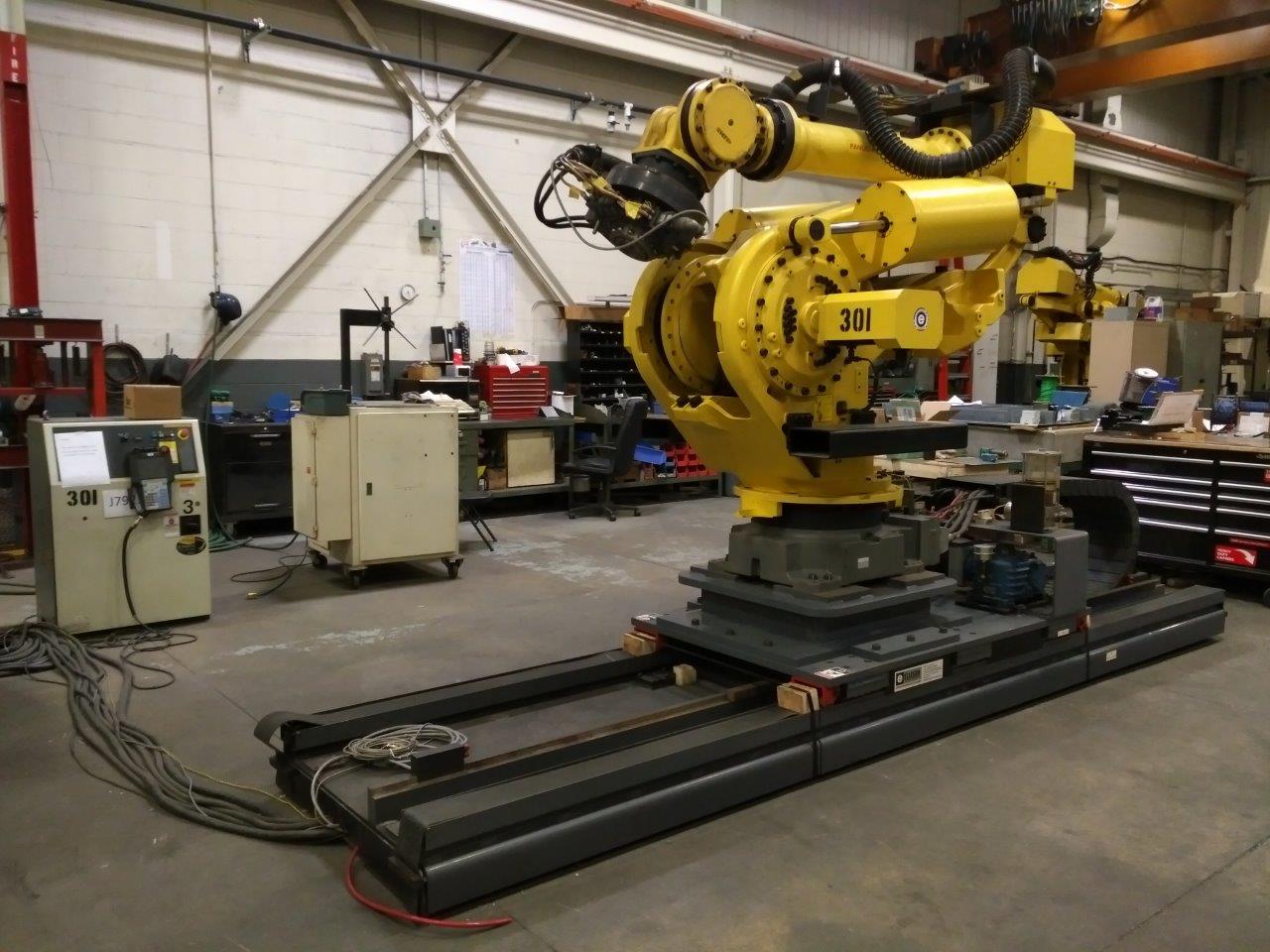Heavy Lifting Applications
Heavy lifting applications can be defined as those requiring the routine lifting of objects weighing 200 kilograms or more. These applications tend to fall under the material handling category. They include packaging, part transfer, pick and place, machine loading, press tending, assembly, dispensing, palletizing, and depalletizing. Manufacturers previously relied on workers or material handling equipment such as forklifts and cranes for these tasks. However, these methods often lack flexibility, accuracy, efficiency, and repeatability.
Why Automate Heavy Lifting Applications?
Many manufacturers have been abandoning traditional material handling methods and instead opting for automating them with heavy payload robots. Automating with industrial robots provides a cost-effective solution to heavy-duty manufacturing. Robots allow for flexible automation with their programmability and capability to perform multiple types of robotic applications. Should a manufacturing process need to be changed, a robot can be reprogramed and redeployed to adapt to those changes. Whereas other types of machines lack adaptability, causing manufacturers to be at a loss should adjustments be needed.One of the biggest advantages of automating with robotics is the increase in productivity and this is true heavy lifting applications too. A FANUC M-900ia can lift large, bulky objects without tiring, hesitation, or delays readjusting equipment. It is programmed to immediately lift the next workpiece, increasing throughput and productivity. Operations become more efficient as one robot can cover the workload of several workers and human intervention is not required unlike with forklifts or cranes. Robots can be programmed to complete tasks autonomously. Without the need for human supervision, facilities can operate twenty-four hours a day for further productivity gains using robots.
Which Type of Robot is Best for Heavy Lifting?
High-payload robots are designed for handling heavy lifting applications. These are six-axis robots with similar functionality as their smaller counterparts. There are a variety of these robots available on the market, with most ranging between 200 kg to 700 kg in payload capacity. The FANUC R-2000ib/210F and the KUKA KR210 are two of the most commonly deployed high-payload robots in manufacturing. In addition to the ability to lift substantial weights, these robots tend to have wider work envelopes, allowing them to operate more efficiently.When selecting an industrial robot for heavy lifting applications there are a few considerations. First, you will want to determine the robot is designed for your application type. Next, you will need to ensure the robot’s payload capacity corresponds with the weight of your workpieces. It is also important to factor in the weight of any end-effectors as this adds to the weight the robot arm will be lifting.
Robots Done Right is the place to start when it comes to used robots. Contact us if you are interested in buying or selling your used robot.
